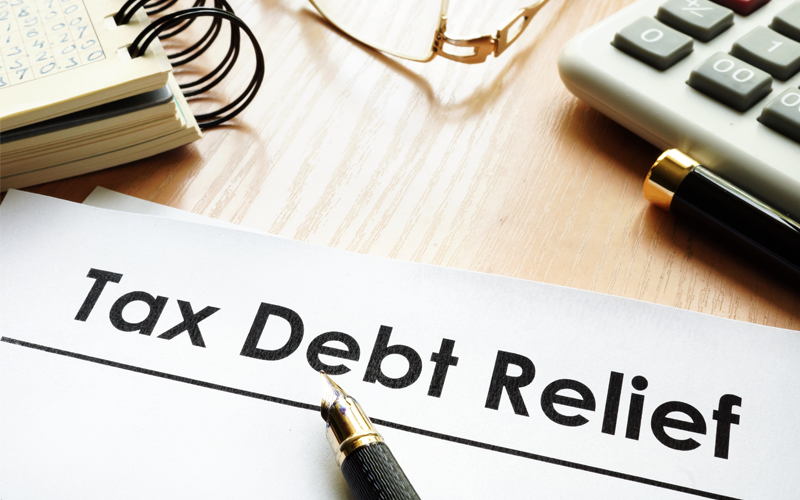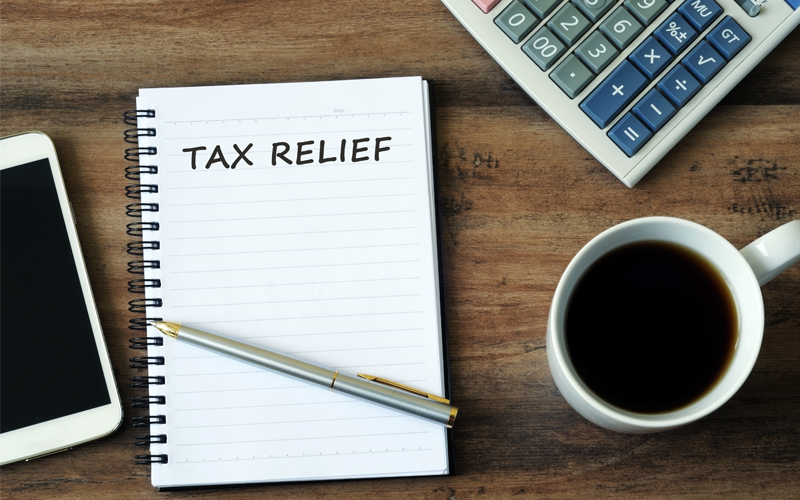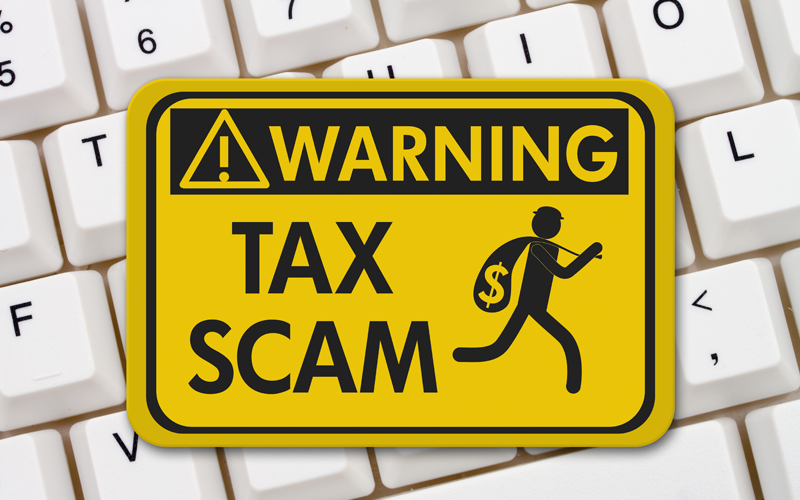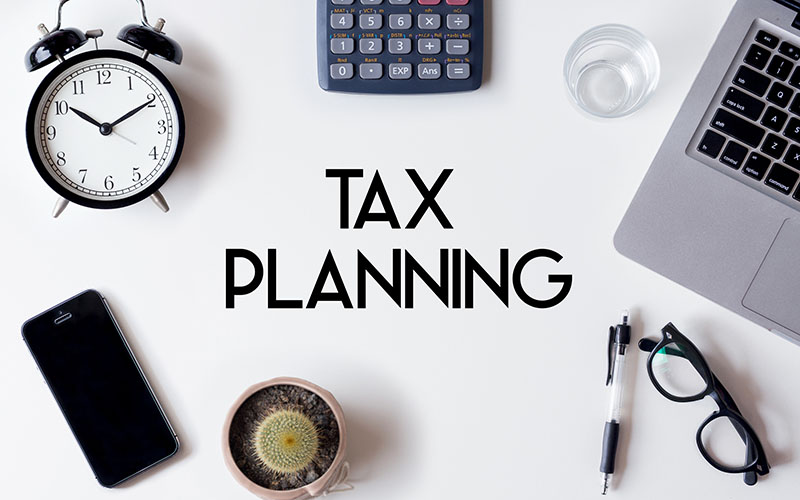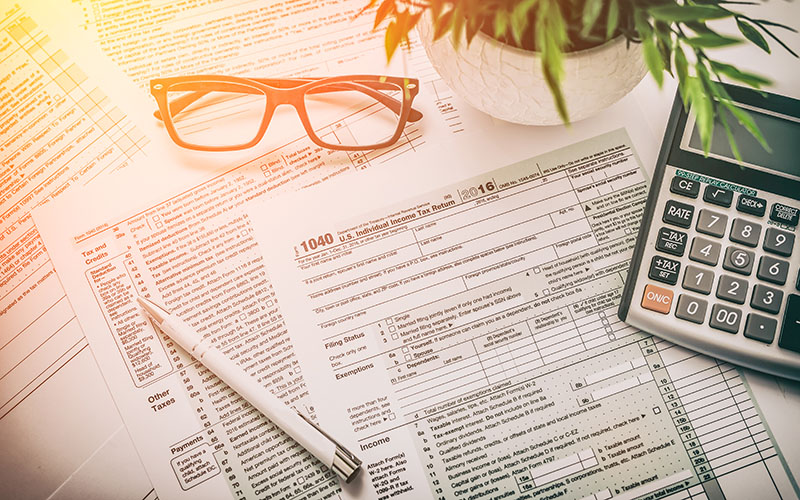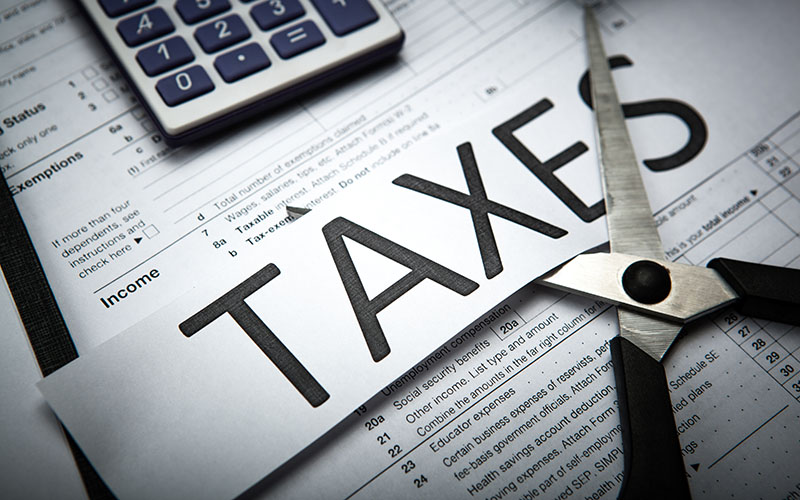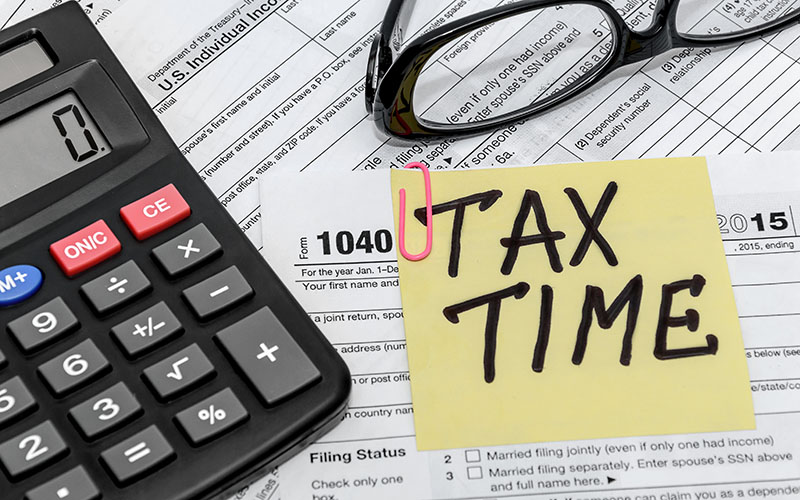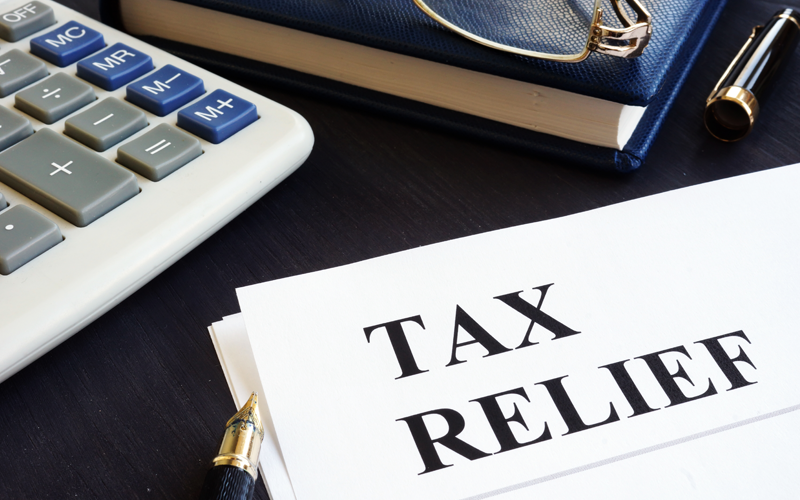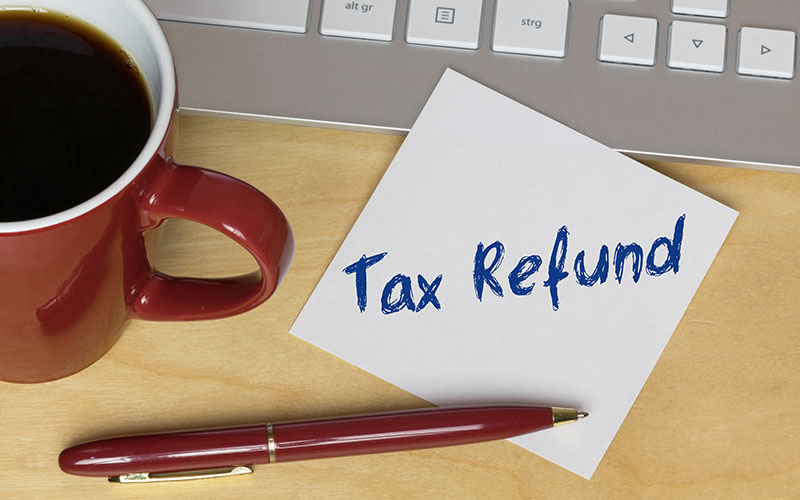What is EFTPS and How to Pay Your Taxes with the IRS EFTPS
Key Takeaways
- EFTPS (Electronic Federal Tax Payment System) is a free, secure IRS-operated website for individuals and businesses to pay federal taxes online
- Users can schedule payments in advance, track payment history, and pay all types of federal taxes 24/7
- Enrollment requires identity verification and setup takes about 5–7 days via mail; payments must be scheduled at least one day in advance
- EFTPS is secure, but users should beware of phishing scams and only trust IRS emails if they’ve opted in for notifications
- You can pay back taxes and Offers in Compromise through EFTPS, and third parties like accountants can manage payments on your behalf

What Is EFTPS & How Do I Use It?
When making current or past tax payments, many taxpayers deal directly with the IRS.
They either send a check in the mail with their tax returns, or they make payments via credit or debit card on the IRS’s website.
However, there is another option for both individual and business taxpayers. It’s called the EFTPS, and it’s designed to make the payment of federal taxes fast, easy, and secure.

What Is EFTPS?
EFTPS stands for the Electronic Federal Tax Payment System.
It is a website operated by the IRS that allows for the online payment of tax bills.
Who Can Use The EFTPS?
Any individual or business taxpayer who owes money to the IRS can use the EFTPS.
You link the EFTPS website to your bank account, and money automatically is withdrawn from that account.
What Are The Benefits Of Using The EFTPS?
For taxpayers who owe money, using the EFTPS can offer many benefits.
Some of those benefits, according to the IRS, include:
- Convenience and flexibility of making a tax payment, 24/7, from your phone or online
- Keep track of payments using secure confirmation numbers when you sign up for email notifications
- Schedule payments up to 365 days in advance for convenient, worry-free payments. Payments can be canceled or changed up to two business days before they are scheduled to post
- Make all federal tax payments through the EFTPS, including income, employment, estimated, and excise taxes
- Check up to 16 months’ worth of prior payments online or by calling EFTPS customer service
- Free for all taxpayers
- Secure transfer system keeps your bank account and information safe
Using EFTPS is very similar to using any other online payment service. It’s user-friendly and many taxpayers find it to be a convenient way to manage their accounts with the IRS.
How To Use The EFTPS Website
Getting started with the EFTPS is easy and free.
Follow these instructions to set up your account:
- Visit the EFTPS website and click “Enroll.”
- You will be asked to provide information about yourself, including information that can verify your identity.
- You will receive your PIN and enrollment number via U.S. Mail five to seven days after you begin the enrollment process. If your taxes are due during that time period, use another method to pay them so you don’t incur late fees.
- Once you receive your PIN, use it to complete confirmation and enrollment.
- Payments must be scheduled by 8 p.m. EST at least one calendar day before they are due. If, for example, your payment is due on September 12, you would need to have your payment scheduled by 8 p.m. EST September 10.
- On the date you have chosen for your payment to post, funds will be transferred from your bank account to the U.S. Treasury and the IRs will be notified of the payment.
A Note On Security And Privacy
While the IRS receives information from the U.S. Treasury when funds are transferred, the agency doesn’t have access to any taxpayers’ EFTPS accounts.
That means the IRS will not get access to your bank account or its balance when you set up your EFTPS account. If you have an outstanding tax bill, the IRS cannot seize your bank account through a levy with the EFTPS. H3: How Does EFTPS Verify My Identity? You will need three things to either verify your identity to set up your EFTPS account or log into it every time.
These pieces of information are:
- Your Social Security number (SSN) or employer identification number (EIN)
- A personal identification number
- A password
Are There Any Risks To Using The EFTPS Website?
While the EFTPS website is secure, there always are people posing as the IRS trying to get access to money or information.
There have been scams targeting EFTPS users in the past.
A 2010 phishing scam sent emails with a subject line that said the receiver’s payment had been rejected.
The email contained a link prompting users to update their information. In reality, clicking the link installed malware on the user’s computer that intercepted online banking information.
The IRS only sends out emails to those who have signed up for email notifications. If you do not sign up to receive email notifications and receive an email claiming to be from the IRS, do not open it or click any links.
Can I Use The EFTPS To Pay My Back Taxes?
Yes, you can pay your back tax bills through the EFTPS.
If you have an Offer in Compromise that was accepted by the IRS, you will need to select the correct option when making your payment.
The options are:
- Offer in Compromise - Application Fee: Use this option if you want to pay the $186 application fee
- Offer in Compromise - 20% Initial Payment (Lump Sum Cash Offer): Use this option if you will pay your balance in five or fewer payments over five or fewer months
- Offer in Compromise - Accepted Offer: Use this option if you have received a letter stating that you have been approved for an Offer in Compromise and you want to make a payment according to the terms of that letter
- Offer in Compromise - Subsequent/Periodic Payment: Use this option if you have a proposed Offer in Compromise of six to 24 months and you would like to make a payment on this proposed offer. You must make monthly payments while awaiting a decision on whether your offer will be accepted or not.
Can My Payroll Service Or Accountant Use The EFTPS For Me?
Yes, you can enroll a third party in the EFTPS on your behalf.
If you wish to make payments outside of the payments made to the EFTPS by your payroll service or accountant, you must individually enroll in the EFTPS.
As always, it is your responsibility to ensure that payments are being made by your payroll service or accountant to the EFTPS. If you miss a payment, it is your responsibility to pay any late fees or penalties that may accrue.

Find The Tax Professional That’s Right For You
If you owe back taxes, or you haven’t filed your taxes in years, it can be difficult finding a tax professional that can help you. Some companies claim to be able to get you a good deal, but how can you be sure they won’t take your money and run?
At the Credit Review, we want to help you find the tax professionals that are right for your unique situation. Read reviews, compare and contrast professionals, and find your match.
Learn more about your tax relief options here.
What Types Of Payment Does The EFTPS Accept?
The EFTPS accepts two types of payment:
- ACH debit, where you authorize a transaction yourself
- ACH credit, where you have your financial institution initiate the transaction
For an ACH debit, you ask EFTPS to originate a debit entry with your bank, crediting the U.S. Treasury.
You submit tax information to EFTPS at least one day before you want the payment to post, and EFTPS validates that information. Once the payment is processed, you receive confirmation and the IRS receives notice that a payment was made.
For an ACH credit, you notify your bank that you would like to make a debit from your account and credit the U.S. Treasury.
This is all done electronically using a secure payment system.
Where Can I Find My EFTPS Enrollment Number?
Depending on how you enrolled, there are three ways you can locate your EFTPS enrollment number:
- The confirmation screen you printed or saved when you enrolled online
- PIN letter, if one was mailed
- Provided over the phone if you activated your account from a pre-enrollment letter
What Do I Select For Tax Period?
When you submit a payment through the EFTPS, you must designate the tax period you want that payment credited to.
If you are making a payment on Forms 941 and 720, select the quarter and year the tax was due. For payments on Form 1040s, select just the year.
What If I Make A Mistake On The Tax Period?
The IRS will autocorrect the period for current federal tax deposits.
How Do I Know How Much I Owe?
The EFTPS is just an online payment processor. It cannot tell you how much you owe to the IRS.
You will need to get that information from the IRS, either by phone, by mail, or by requesting your tax transcript online.
It is your responsibility to know how much you owe the IRS and to ensure that you’re making your payments on time. If the EFTPS website is down, or you have trouble logging in, you must call (800) 555-9453 to make a payment.
Edited by:
Bryan Huynh
•
Product Tester & Writer



